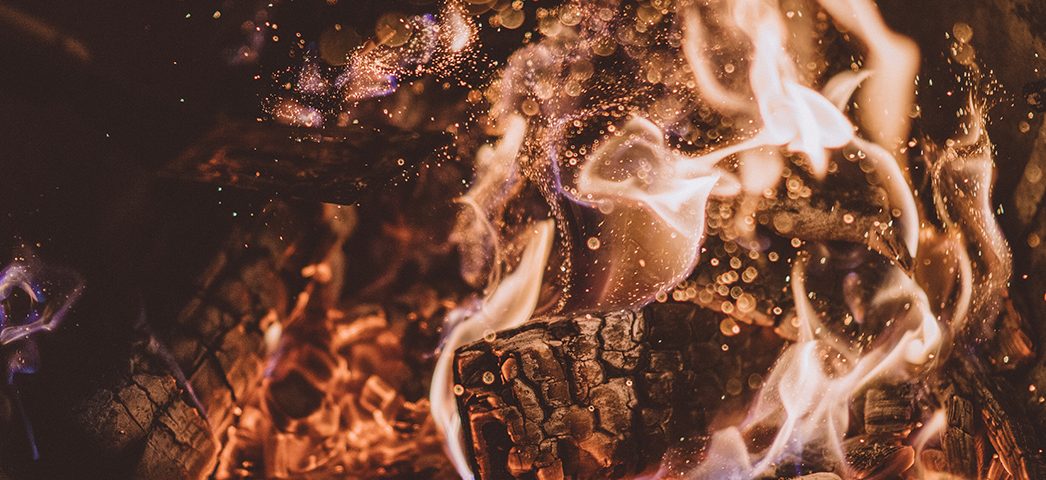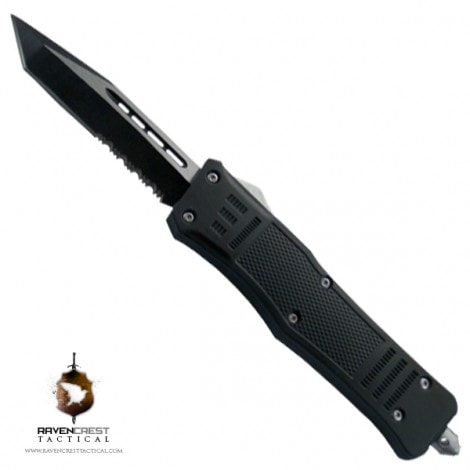Knowing how to start a fire without standard fire starting materials (i.e. matches or a lighter) is a fundamental survival skill. From boy scouts to the most elite special forces operators, they are all taught basic fire starting skills.
Once again there are many ways to learn how to start a fire with minimal tools. We are going to show you how to start a fire by using two of our basic EDC tools that some of you carry with you everyday. We want to show you how easily you can start a fire whenever and wherever you are with these minimal tools.
Tools Needed:
1. Knife
2. Hammer or Rock
Along with kindling and sticks (we will go over that later in Part 2), you are going to need bigger pieces of wood to actually act as the fuel for your fire. Sometimes these pieces of wood aren’t just laying around so you need to create them from larger pieces of wood.
Step 1: Find the Fuel for your Fire:
Most of the times, perfectly sized dry planks of wood are not just laying around naturally. They need to be created. One way to do this is to find a nice and dry log and split it into workable plank sections with your knife.

Make sure the log you choose is not larger in circumference than the blade of your knife. You will need your knife to at least be as long as the circumference of the log, that way it will fully slice through the entire log.

Find a good spot to leverage your log. You will not want it moving around in the next step.

Begin to size up your knife edge against the log. Make sure that that blade always run with the grain of the wood. This will make for easy, smooth and even cuts.

Step 2: Begin to Split the Log into Sections:
If you do not have a hammer or other suitable striking tool, find a large rock that you can use to “hammer” the knife blade through the log.



Keep working the knife through the log with the rock until you fully slice off your desired section of wood.

Continue to do this until you have enough fire wood to start your fire. You will want to have enough of these planks to create a proper fire starting formation. See example below:

That’s it for this article, stay tuned for Part 2 that will go over how to actually get your fire started.


